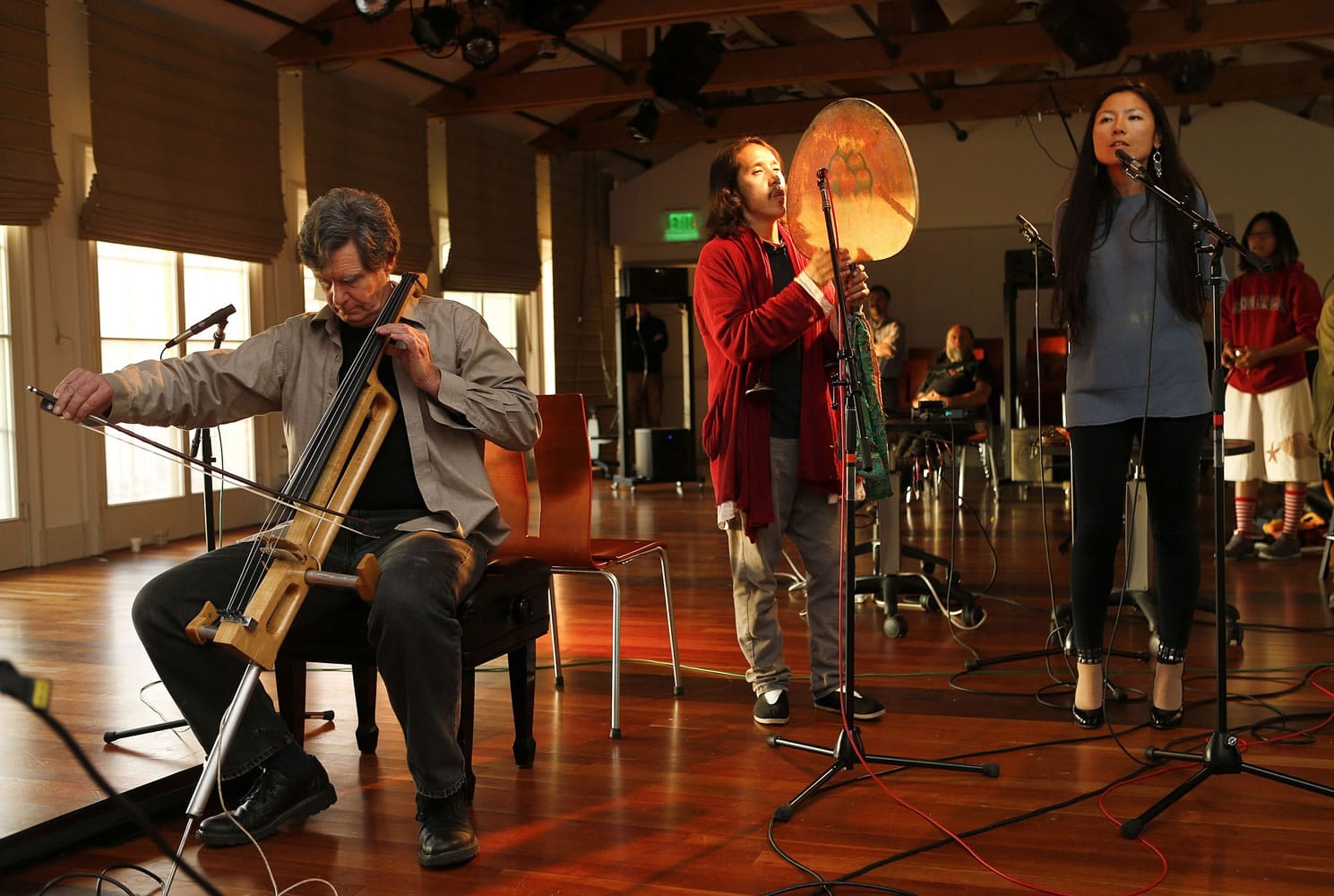SAN JOSE, Calif. — The Internet is so fast that the Bay Area can connect with New York City quicker than you can finish this sentence.
That’s a blistering speed — but not quite fast enough for musicians, who dream of a day when notes travel at light speed. Then the entire globe could play in a single ensemble.
“The delays are devastating,” said acoustical engineer Elizabeth Cohen. “Thirty milliseconds? That’s an echo. An eternity.
“The essence of music is shared communication. And that depends on instantaneous feedback,” said Cohen, who archives music for international exchanges over networks.
So hopes are pinned on an attempt to break the speed limit, launched in October by a team led by computer research scientist Brighten Godfrey of the University of Illinois and Duke University colleagues.
Their Google-funded mission — Networking at the Speed of Light — challenges computer-networking researchers to create an Internet that reaches the universe’s physical limit. They imagine instant-messaging chats that don’t oddly slow. Cat videos that don’t stop, start, lag, then freeze. And musicians in Oahu and Antarctica performing a seamless Beethoven quartet.
This is the problem: the time delay, called latency, for a signal to traverse a network.
Data packets travel the Internet about 10 times slower than the speed of light — often 100 times slower, Godfrey says.
That San Francisco-New York connection? On the typical computer network, it takes about one second, even longer.
If traveling at the speed of light, it would take just 27 milliseconds. (A millisecond is one-thousandth of a second.)
The relative crawl frustrates musicians because the human ear perceives two sounds as simultaneous only if heard within 20 milliseconds of each other. So while networked musicians in the same town can jam together online, it’s far tougher if great distances separate them. (Even at light speed, about 186,000 miles per second, bidirectional music would have a 133-millisecond delay between two musicians standing at opposite points on the planet.)
Delays are a big problem for Internet companies, as well, where slow speeds cost millions of dollars, said Godfrey. For Google, an additional delay of 400 milliseconds in search responses reduces search volume by 0.74 percent, according to his team’s study, presented at October’s HotNets 2014 conference of computer network researchers.
The speed-of-light campaign “represents a significant contribution to our understanding of what causes poor performance on the Internet,” said Maggie Johnson, director of education and university relations at Google, which is helping fund the project. “We’d like to minimize the delay between our services and our users.”
Technology is already changing music creation. Lessons and auditions are held via YouTube. Composer Eric Whitacre’s “Virtual Choir” mixed — onto one track — 2,052 voices from around the world.
But real-time collaboration remains the final frontier. “A faster Internet could allow me to receive better audio that I could monitor in my control room and then make decisions about even subtle musical elements, including fine tonal or spatial differences,” said Joe Weed, a Los Gatos-based producer, engineer and musician.
One source of delay is the signal-slowing glass in a typical fiber-optic cable. An even bigger bottleneck is the narrow bandwidth of the “last mile” of the Internet, which limits data delivered to a customer. Another dam is a network’s memory buffer, where data is stored while it is being moved.
A recent performance at Stanford showed the promise of using Internet speed to build cultural bridges through music.
Linked by Stanford scientist-musician Chris Chafe and the university’s high-speed Internet2, the concert joined 13 musicians playing at Stanford, UC Santa Barbara, Virginia Tech and Mexico’s University of Guanajuato.
“We can create this mesh of connections over the Internet,” said Chafe. “It’s like a big party line.”



